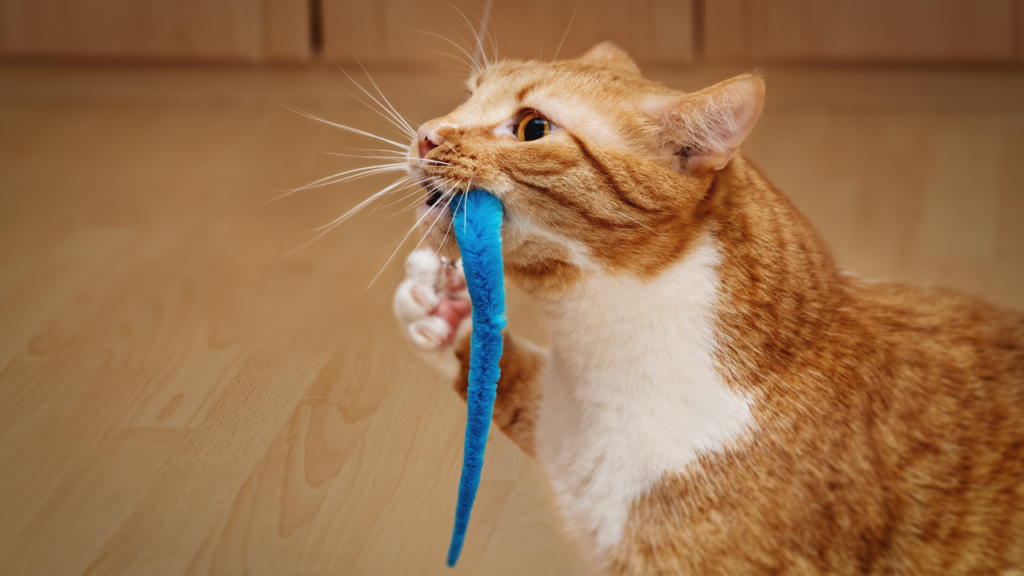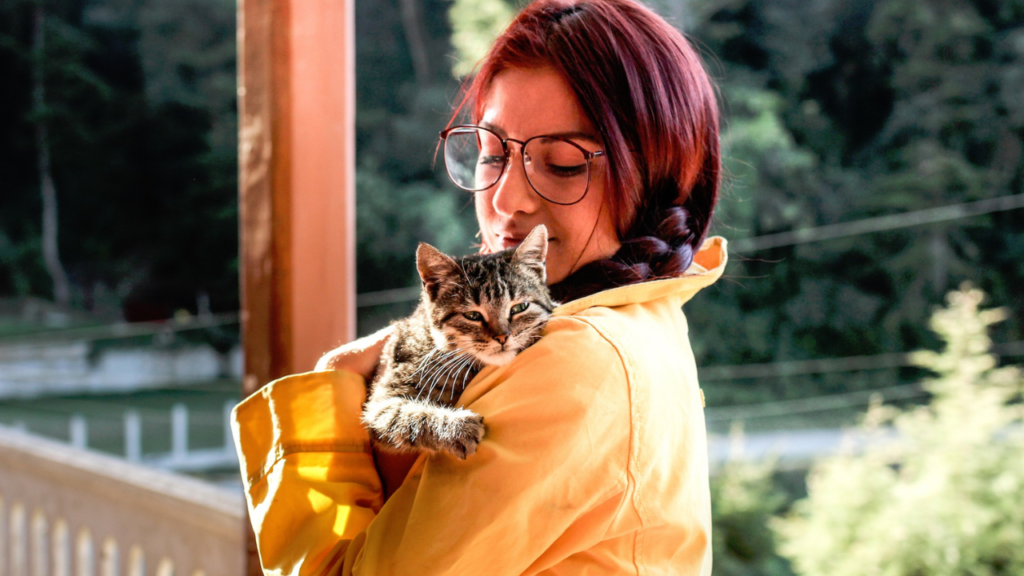Absolutely, your Persian cat is truly a royal companion and deserves some extra love and attention!

Before you bring home a cat, you should be informed with their care requirements. While all cats have some basic needs, the amount of effort and time required to care for your cat is primarily determined on its breed and specific needs. Some short-haired breeds, for example, are low-maintenance pets, but long-haired varieties frequently necessitate a more intensive grooming regimen.
That is especially true for Persian cats. This lovely cat breed is noted for its long coat and short, smooshed-in face, but those qualities also come with some special care requirements. Make sure you understand all about Persian cat care so you can keep your Persian furry friend happy, healthy, and gorgeous.
Are Persian cats high-maintenance?
Persian cats are a high-maintenance breed. According to PetMD, Persians have unique grooming requirements, and you will spend significantly more time grooming your Persian than you would with another breed of cat. It’s also critical to look after your Persian’s eyes and face, which may require regular attention. Don’t worry, we’ll get into the specifics of Persian cat care below.
Are Persian cats simple to take care of?

While Persians require more grooming and attention, it is not difficult to provide, especially if you are ready to learn how to groom your cat on your own. Alternatively, you can hire a professional cat groomer to keep your feline buddy looking their best.
Persians, like many other cat breeds, are predisposed to specific health difficulties, including vision, renal, heart, bladder, and respiratory problems. Any of these concerns can increase your Persian’s daily requirements and the overall cost of caring for your cat. Whether you intend to adopt or purchase a Persian, ensure the cat is healthy and has no history of health problems. This may not be achievable when adopting from a rescue.
Personality qualities of Persian cats.
The needs of this cat breed are just one aspect of pet ownership to consider. Your future cat’s disposition is nearly challenging to anticipate, but you can understand what to expect by learning about the Persian cat’s temperament. Generally speaking, these cats act as regal as they appear! They are peaceful, even-tempered buddies who will happily sit on your lap. Persians are regarded as wonderful family cats due to their calm and kind personalities.
Most of the time, these cats will not cause difficulty by climbing and jumping, but they will keep you entertained with their playful, kitten-like enthusiasm. After playtime, a Persian can relax in the sun or their favorite chair.
How do you care for a Persian cat?

Persians are famous for their thick double coats and snub-nosed noses. This can lead to some burdensome grooming requirements. The double coat, which requires regular combing, can quickly become matted and knotted. Certain parts of the cat’s body, including behind the ears, the stomach, under the chin, and beneath the arms, are especially prone to matting.
When detangling areas, use a wide-toothed comb rather than a cat brush. PetMD suggests using a double-sided cat brush. Whatever brush you pick, ensure it can get through your cat’s long fur, as the undercoat is prone to knotting and matting. Combing your cat’s coat daily will help prevent tangles and keep him more comfortable in the long run, so make it a habit!
Some Persians acquire cat litter attached to their hind legs, making them hesitant to use their litter boxes, potentially leading them to perform their business elsewhere in your home. Grooming the backs of your cat’s hind legs may help prevent this problem. This is a job for a professional groomer, so make sure you have the funds to take your cat to the groomer as needed. It’s also a great motivation to keep the litter box clean, but having a fresh-smelling home is a welcome addition.
Persian cats’ faces also require special care. Persians struggle to breathe, as do other breeds, due to their flat facial features. Their eyes are wide apart and prominent, and eye discharge can occur when combined with the remainder of their facial design. That discharge may occur between the nose and the eye, runs down a facial fold, and dries, making your cat’s face appear soiled. You may need to use cat eye wipes to clear the discharge.
It’s also crucial to note that Persian eyes are prone to various health conditions, such as ulceration. You will need to watch your cat’s eyes and check them thoroughly daily. If you observe excessive watering or squinting, immediately take your cat to the veterinarian.
Every cat needs meticulous care, but breeds such as the Persian are a little more expensive than the average cat. However, remember that Persians are a beautiful breed, noted for their friendliness and laid-back nature. While grooming your cat daily will require a significant amount of time, it can be a rewarding bonding experience for both of you.
Grooming your Persian guarantees that you spend some time each day enjoying and focusing on your cat and knowing that you’re doing everything you can to keep him healthy. Your veterinarian or groomer may show you how to properly care for your cat, and before you know it, these daily grooming appointments can be a part of your routine that you and your cat enjoy.



























